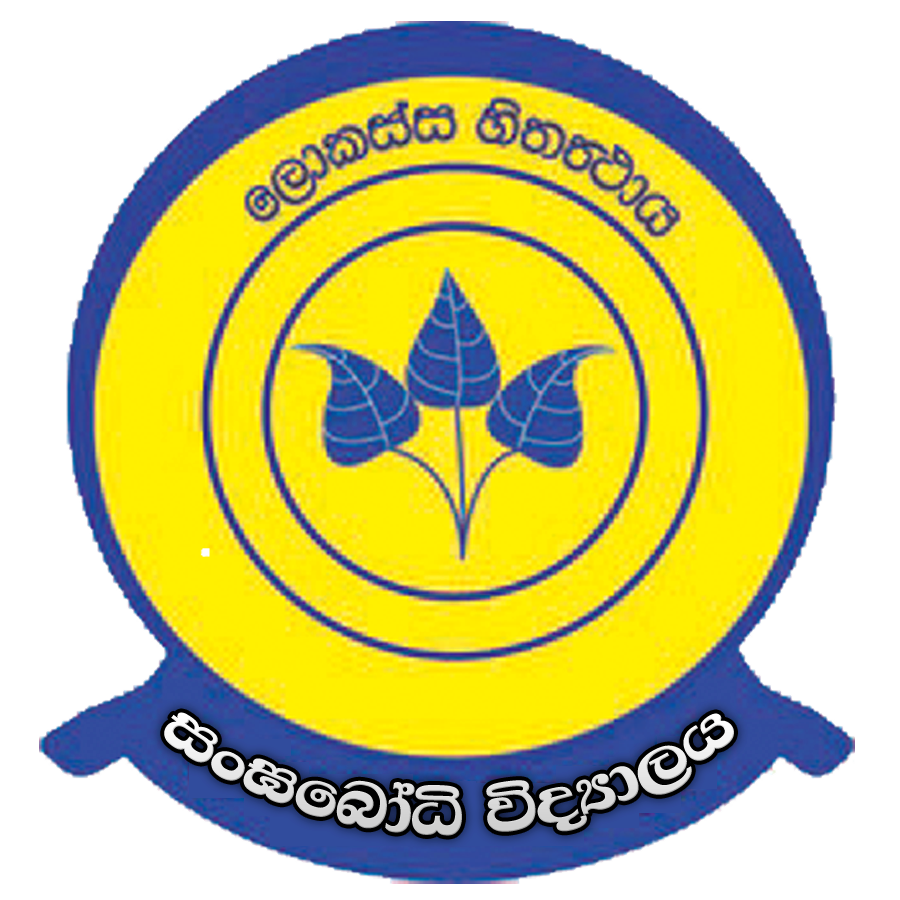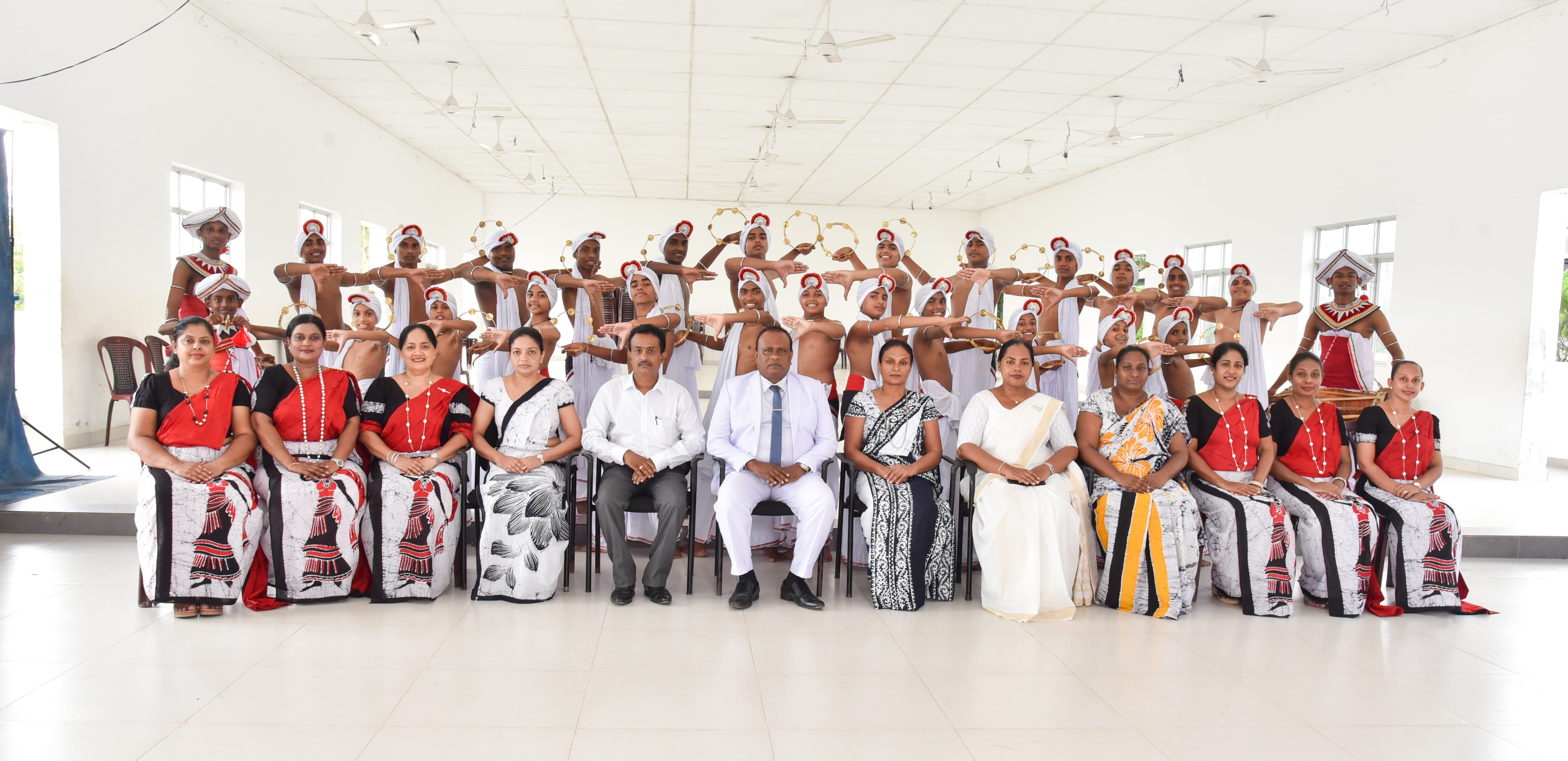Pre-Hospital Unit , also known as a School Emergency Medical Team or First Aid Unit, is a dedicated team or facility designed to provide immediate medical care and emergency response for students and staff. This unit focuses on addressing medical emergencies before professional emergency services arrive, ensuring that prompt and effective care is given in critical situations.
### Objectives:
1. **Immediate Care**: Provide quick and effective first aid or medical care for injuries or health emergencies that occur on school grounds.
2. **Emergency Preparedness**: Ensure that the school is prepared to handle medical emergencies through training and proper equipment.
3. **Health Education**: Promote health and safety awareness among students and staff.
4. **Coordination**: Act as a liaison between the school and emergency medical services for a coordinated response to serious incidents.
### Key Components:
1. **Medical Equipment and Supplies**:
- **First Aid Kits**: Equipped with supplies such as bandages, antiseptics, splints, and other essentials for treating minor injuries.
- **Emergency Equipment**: May include automated external defibrillators (AEDs), oxygen tanks, and emergency medical supplies.
- **Medical Room**: A designated area where students can be assessed and treated for minor injuries or illnesses.
2. **Staffing**:
- **Trained Personnel**: Includes school nurses, trained first aid responders, or volunteers with medical training who are available to handle medical emergencies.
- **Emergency Response Team**: A group of staff members trained in first aid, CPR, and emergency protocols to respond to various medical situations.
3. **Training and Drills**:
- **First Aid and CPR Training**: Regular training for staff and possibly students in first aid, CPR, and emergency response techniques.
- **Emergency Drills**: Conducting drills to practice response to medical emergencies, including scenarios like severe allergic reactions, injuries, or medical crises.
4. **Emergency Protocols**:
- **Response Plans**: Clear procedures for handling different types of medical emergencies, including when and how to contact emergency services.
- **Communication**: Systems for quickly notifying and communicating with emergency services, school administration, and parents during an emergency.
5. **Health Education**:
- **Workshops and Seminars**: Educational sessions for students and staff on topics such as basic first aid, healthy lifestyle choices, and recognizing symptoms of common illnesses.
- **Resource Materials**: Distribution of informational resources on health and safety.
### Benefits:
1. **Enhanced Safety**: Provides immediate medical care, reducing the risk of complications from injuries or health issues.
2. **Preparedness**: Ensures that the school is ready to handle medical emergencies efficiently.
3. **Health Awareness**: Increases awareness and knowledge about health and safety among students and staff.
4. **Coordination with Emergency Services**: Facilitates a smooth transition to professional medical care when necessary.
### Challenges:
1. **Resource Allocation**: Ensuring that there is adequate medical equipment, supplies, and trained personnel can be challenging.
2. **Ongoing Training**: Keeping staff trained and up-to-date with the latest medical protocols requires time and resources.
3. **Communication**: Effective communication during emergencies is crucial but can be challenging in high-stress situations.
Overall, a Pre-Hospital Unit in a school is a critical component of a comprehensive school safety plan. By providing immediate medical care and promoting health education, it plays a vital role in ensuring the well-being of students and staff.










